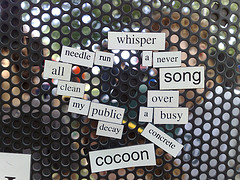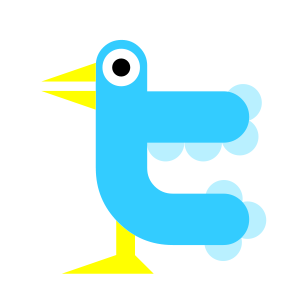 Tonight Twitter released a set of guides for newsrooms. There’s going to be a lot said about them in the next few days I’m sure, and it’ll be a while before we see what impact (if any) they have on the news ecosystem. But here are a few first impressions, in no particular order.
Tonight Twitter released a set of guides for newsrooms. There’s going to be a lot said about them in the next few days I’m sure, and it’ll be a while before we see what impact (if any) they have on the news ecosystem. But here are a few first impressions, in no particular order.
- Newsrooms, not (just) journalists. This isn’t just about newsgathering, it’s about process and presentation too.
- This is basic stuff – tools, examples, glossary, links, support. That’s as it should be, I reckon. The newsroom denizens who understand Twitter well enough to build their own techniques are still vastly in the minority. This is about bridging a gap.
- The examples of engagement are very well-chosen indeed, and it’s genuinely heartening to see a range of reporters from the internationally renowned to the metro beat, with follower count ranges to match. I hope they keep this list up to date.
- There’s that word “branding” again, providing more fuel for the ongoing branding debates. This is good basic advice about making yourself recognisable and accessible on Twitter, but I suspect a fair few journalists will bristle at the problematic word.
- The focus when it comes to reporting is on the @acarvin style of curation and publication, not on live reporting or on breaking your own news. There’s a small section on mobile reporting, but the bulk of the reporting guide is around tapping into pre-existing communities, building on top of citizen journalism work, and finding sources. That looks a little like a missed opportunity to tout the real power of Twitter as a direct conduit for breaking news.
- I’m glad Twitter is making more of its advanced search tools. They’re immensely useful for journalists, but unless you already know about them they’re next to impossible to use. Including them here, prominently, is smart. And it’s wise to explain there’s a difference between Top and All tweets, even if it’s still not clear what “most relevant” means in this context.
- Twitter is protecting/building its brand. Some of these guidelines are about making sure the platform gets credit for quotes and information shared there. Others offer ways to embed Twitter functionality on news sites. It reminds me of Facebook’s Open Graph plugins, in a nascent and very specific way – proliferating its own platform while performing useful functions. Aiming to become needed, where it isn’t already.


